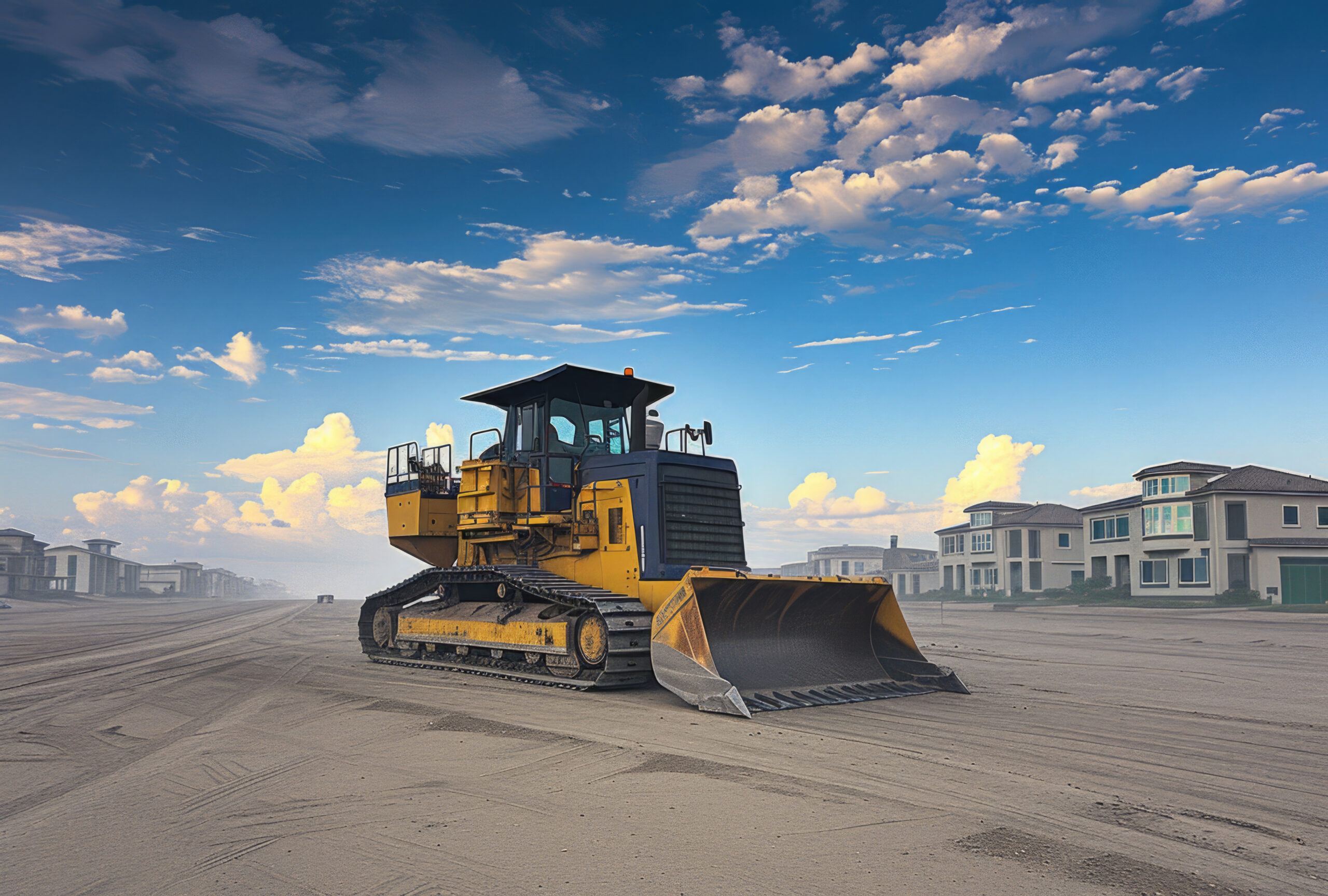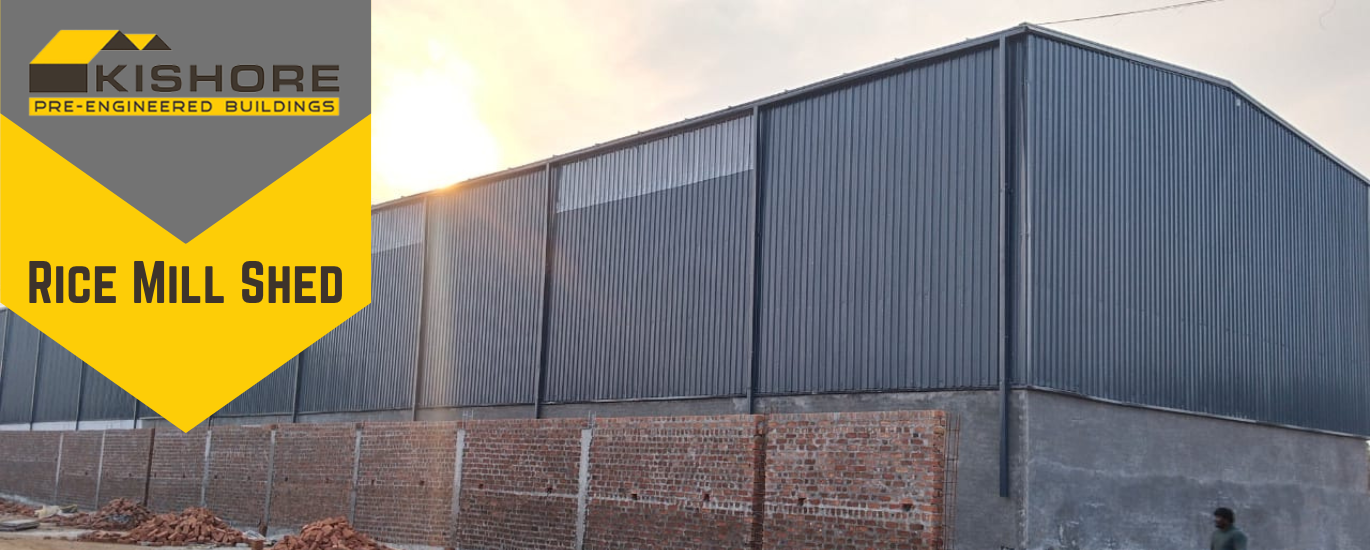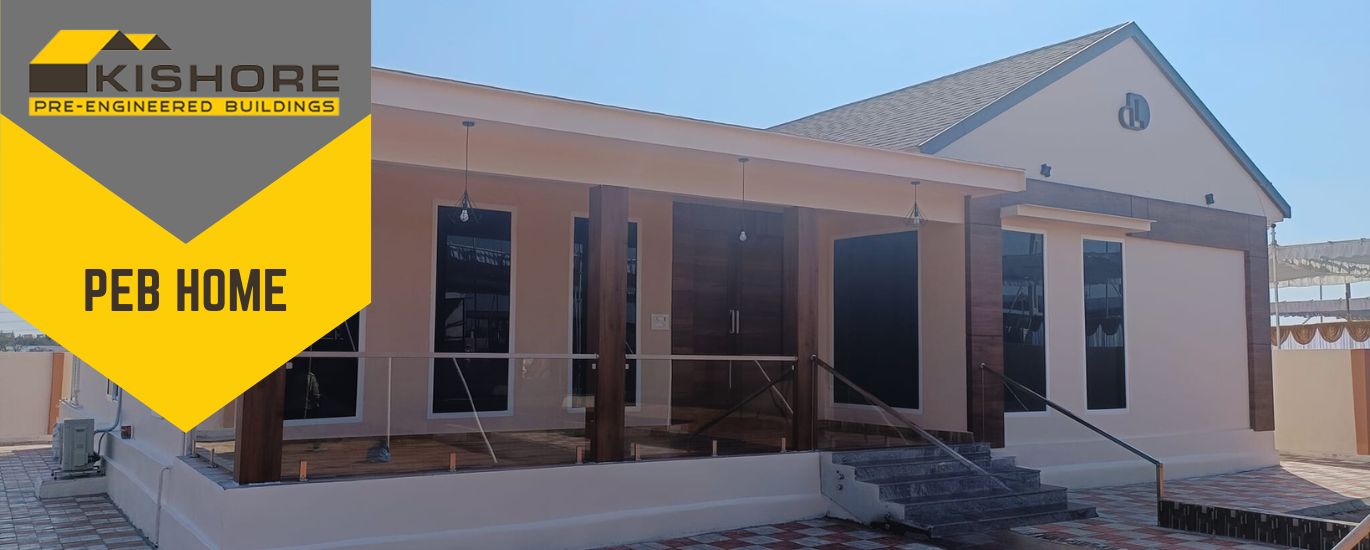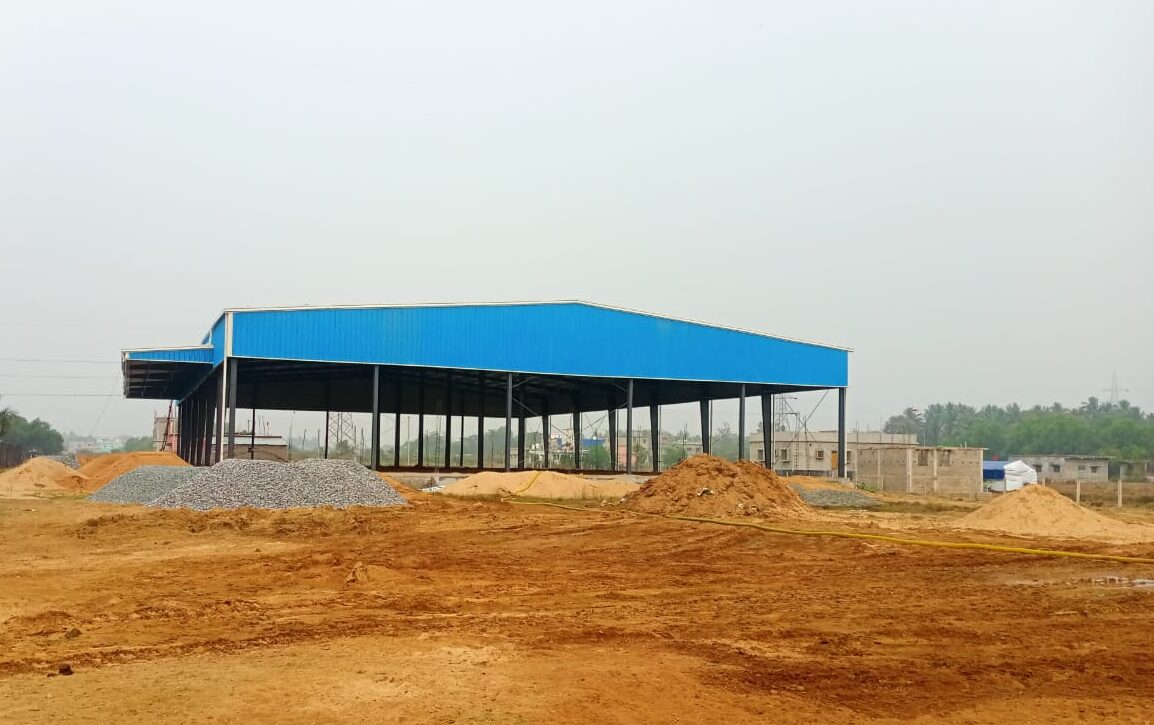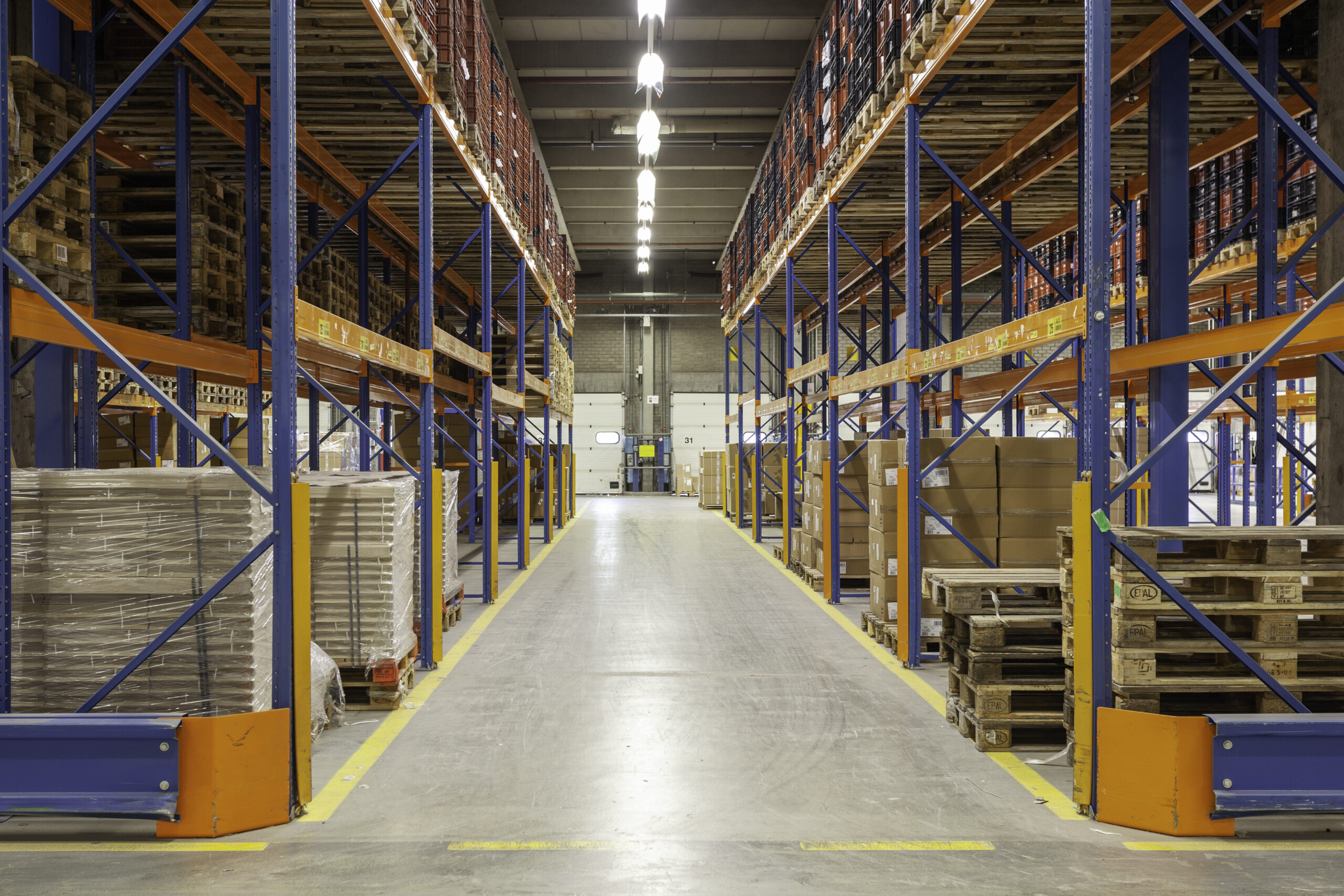Ground leveling is a crucial process in the construction of Pre-Engineered Buildings (PEB). This step involves creating a flat and even surface on the excavated site, ensuring that the foundation is laid uniformly. Proper ground leveling is essential for distributing loads evenly across the structure, which helps in maintaining the structural integrity and longevity of the PEB. At Kishore Infratech Private Limited, we emphasize precision and thoroughness in our leveling techniques to deliver robust and reliable PEB solutions. We will explore the importance of ground leveling, detailed steps involved, and best practices to follow.
Why Ground Leveling Matters in PEB Construction
- Uniform Load Distribution: Ensures that structural loads are evenly distributed, reducing the risk of uneven settlement and structural issues.
- Foundation Stability: Provides a stable and level base for the foundation, which is critical for the overall stability of the PEB.
- Ease of Construction: Facilitates smoother construction processes by providing a flat working surface.
- Enhanced Durability: Contributes to the longevity and durability of the PEB by preventing structural imbalances.
Steps in the Ground Leveling Process
- Surveying:
- Use leveling instruments such as laser levels, theodolites, and total stations to identify high and low spots on the site.
- Conduct a thorough survey to determine the existing ground levels and required adjustments.
- Cut and Fill:
- Excavate high areas and fill low areas to achieve a uniform level.
- Use appropriate materials such as soil, gravel, or sand for filling.
- Ensure that the fill material is placed in layers and compacted properly to prevent future settlement.
- Compaction:
- Compact the soil using rollers, plate compactors, or rammers to increase its density and stability.
- Achieve the desired compaction levels by ensuring the soil has optimal moisture content.
- Conduct compaction tests to verify that the required compaction has been achieved.
- Verification:
- Re-survey the site to ensure that the desired level has been achieved.
- Make any necessary adjustments to maintain a perfectly level surface.
Best Practices for Ground Leveling in PEB Construction
- Use of Advanced Technology:
- Employ modern leveling instruments and equipment to achieve precise results.
- Regularly calibrate and maintain equipment to ensure accuracy.
- Soil Testing:
- Conduct soil tests to determine its characteristics and suitability for leveling and compaction.
- Use the test results to plan the leveling process and select appropriate materials.
- Environmental Considerations:
- Implement erosion control measures to protect surrounding landscapes during the leveling process.
- Minimize environmental impact by using sustainable practices and materials.
- Training and Supervision:
- Ensure that all workers are trained in leveling techniques and safety protocols.
- Supervise the leveling process closely to ensure adherence to plans and specifications.
- Quality Control:
- Conduct regular quality control checks to ensure that the leveling meets the required standards.
- Document the leveling process and any adjustments made for future reference.
Additional Information on Ground Leveling for PEB
- Grading:
- Proper grading ensures that the site has adequate drainage and prevents water accumulation around the foundation.
- Implement slope gradients to direct water away from the structure.
- Layering and Compaction:
- Place fill material in thin layers (6-12 inches) and compact each layer thoroughly to achieve maximum density and stability.
- Maintain optimal moisture content in the fill material to facilitate proper compaction.
- Drainage Systems:
- Incorporate drainage systems such as French drains or swales to manage water flow around the site.
- Ensure that the drainage systems are designed to handle the expected water load and prevent erosion.
Why Choose Kishore Infratech Private Limited
Choosing Kishore Infratech Private Limited for your PEB construction needs means partnering with a company that prioritizes quality, precision, and customer satisfaction. Here’s why we stand out:
- Expertise and Experience: With years of experience in the PEB industry, we have the knowledge and skills to deliver top-notch construction solutions.
- Advanced Technology: We use state-of-the-art equipment and techniques to ensure precision and efficiency in all our projects.
- Quality Assurance: Our commitment to quality is unwavering. We adhere to strict quality control measures to ensure that every project meets the highest standards.
- Customer-Centric Approach: We work closely with our clients to understand their needs and provide customized solutions that meet their specific requirements.
- Sustainability: We adopt eco-friendly practices and materials to minimize environmental impact and promote sustainable construction.
Ground leveling is essential for ensuring the structural integrity and longevity of PEBs. At Kishore Infratech Private Limited, we implement precise leveling techniques to provide stable and durable foundations for our constructions. By following detailed steps and adhering to best practices, we deliver high-quality PEB solutions that meet the needs of our clients.
FAQs for Ground Leveling in PEB Construction
Why is ground leveling important in PEB construction?
Ground leveling is crucial as it ensures a flat and even foundation surface, which is vital for uniform load distribution and structural stability.
What are the key steps involved in the ground leveling process?
The key steps in the ground leveling process include surveying, cut and fill, compaction, and verification.
How do you ensure accuracy during the ground leveling process?
Accuracy is ensured by using advanced leveling instruments, conducting regular surveys, and performing quality control checks.
What materials are commonly used for filling during ground leveling?
Common fill materials include soil, gravel, and sand, chosen based on the site’s requirements and soil conditions.
How do environmental considerations affect the ground leveling process?
Environmental considerations involve implementing erosion control measures and using sustainable practices to minimize impact on surrounding landscapes.

